Food is a live wire of human existence. It is a basic necessity of life. Can any human, animal or even plant survive without food?. Can the so called white collar job employee, legislators, executives, judiciary, medical personnel, engineers etc carry out their duties with empty stomach?. No!.
In West African countries like Nigeria, and some parts of the world, provision of food on the table is a serious concern to families. Nigeria as an example, most individual or families voluntarily fast. This is not to draw nearer to their creator but to sustain hope for another day meal.
Livestock especially poultry whose products are good source of protein i.e their meat and egg are becoming a forgotten issue even on the middle class dining table. When protein is removed from human diet, growth, reproduction, lactation, health and all characteristics of animals are affected and the chances of survival is limited.
The World health organization (WHO) recommend a egg per day to meet the protein requirement in human diet. Most families especially in Nigeria hardly could sustain animal protein consumption.
In Nigeria, thousands of graduates are pumped out of Nigerian universities,. Colleges of Agriculture, even secondary school leavers who can contribute to Nigerian’s livestock sector, now chases after the oil sector and politics where they believe that syphoning of money can be achieved within a short period of time. ” All want to live rich but non wants to pay the price“. This had blind folded the minds of these grate genius of our nation. Ban on importation of livestock products had worsen the survival of the livestock industries creating a bleak to the livestock sector of the nation.
To predict the future availability of food production and Livestock products and by-products, there is the need to take into account not only changes in population size, dietary composition, land requirements, and primary resources, and also climate and environmental aspects (Godfray et al., 2010) . Increase global demand for animal products like meat, egg, milk etc requires a substantially greater increase in plant and other feed resources, which will subsequently generate a much larger volume of protein-rich animal products. Also, the quantity of livestock products wasted per year is exorbitant. One third of food produced globally is either lost or wasted. Addressing food loss and waste is critical to improving food and nutrition security (World Bank 2023). Urbanization, industrialization, poor or lack of mechanisation, storage system, pest and diseases, lack of grazing lands, conflict prone areas, and the increasing per capita income etc has contributed to the losses of animal products overtime.
Livestock need high dietary protein feeds to sustain their growth and development. These protein source are from plants, Animals and household waste sources. Fowl and pig which are omnivores are more efficient converters of plant proteins, pasture-fed cattle which are herbivores are able to convert nonfood material into usable protein.
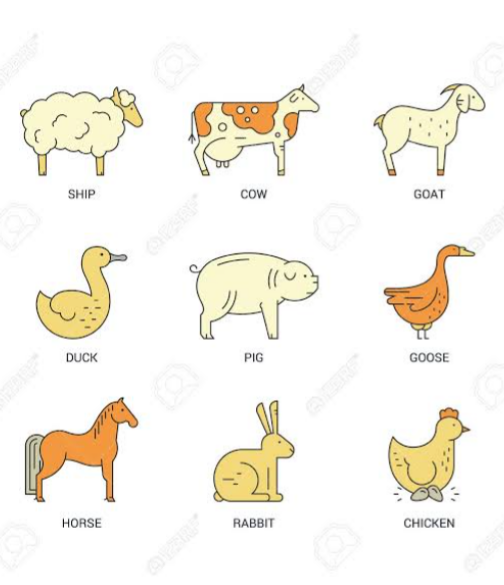
POULTRY FARMING. Poultry farming, raising of birds domestically or commercially, primarily for meat and eggs and also for feathers, blood meal, bone meal etc (Wesley, 2023) is an important aspect of animal husbandry. Poultry birds include fowl, turkeys, ducks, and geese which are of primary importance, while guinea fowl, quail and squabs (young pigeons) are chiefly of local interest. Lots of people all over the world now engage in poultry farming as a source of livelihood. Some subsistence farmers raise poultry birds as a means of animal protein source on their table. While large farms raise the birds in large number for commercial purposes.
IMPORTANCE OF POULTRY
1. Poultry are used as companionship, source of food and fiber in the form of egg, meat and feathers. Many people raise poultry species to show off at fairs and other poultry shows. Some people raise them as backyard pets and daily egg picking for table meal. Feather meals and blood meals are source of protein in Livestock feed and fish feeds.
2. SOURCES OF PROTEIN : Poultry meat like chicken, turkey, duck meat etc, eggs, blood meal used for livestock feed etc are sources of protein in human deit and Livestock feeds.
3. SOURCES OF CALCIUM AND FERTILIZERS: Calcium is a major element required for strong bones and teeth. It is needed in human diet and Livestock feed formulation. It is also used as fertiliser to improve crop yield. Sources of calcium include egg shell, bones, and feathers.
4. EMPLOYMENT CREATION: Not only those that raise poultry whether commercially or peasantly are poultry farmers, but also employees in industries that process poultry products and by products, hatcheries, fertiliser industries, supermarkets that sell eggs and meat products, agro allied industries that manufacture and sell poultry drugs and vaccines are all refered to as poultry farmers etc. Therefore, the poultry section in the agricultural sectors of nation provide ample employment to their populace.
5. BREEDERS: Poultry breeding is where it all begin. There are different breeds of domesticated poultry. They are majorly grouped into two breeds. The local and exotic breeds with different characteristics that distinguish both groups. Breeders breed birds to improve on their qualities interms of egg sizes, egg shell colour and thickness, yolk colour, tenderness of meat, meat taste, size of birds, maturity period of birds etc. Different breeds are mated and the eggs are collected and incubated to produce an hybrid that combines the desired characteristics of the parents. For example, Rhode Island Red and sussex good egg producers can be mated to produce fowls that lay more eggs and of better quality. Fowl eggs are incubated for 21 days while turkey eggs incubate for 30 days. Some breeds of fowl are Anak Titan, white Leghorn, Cornish, White rock etc.
6. RESEARCH PURPOSES. Various findings are carried out by researchers and breeders on poultry and their products which are disseminated to poultry farmers and students in schools for improvement on their knowledge about poultry business. Extension agents play are major role player in the dissemination process. This has also brought about the expansion of the poultry sector in nations economy.
Poultry Farming
This is a kind of animal husbandry in which birds are raised . Some examples of such birds include ducks, fowl, geese, pigeons, turkeys, etc. These birds are farmed under proper care for using their eggs and meat as a source of food. It is also important to understand the types of Poultry birds and its farming methods because all birds have different farming methods. Fowl is the highest demanded poultry bird and accounts around 93% of total poultry population of the world. Fowl is followed by Ducks and Turkeys.
POULTRY FARMING METHODS
There are various methods used to raise poultry. Such methods include;
(a) Layer Poultry Farming that includes various techniques such as Free Range Roaming, Battery Cage Method, Yarding Method, Organic Method and Furnished Cage Method,
(b) Intensive Poultry Farming,
(c) Broiler Poultry Farming Methods that includes various ways such as Free Range Methods, Organic Farming Methods and Indoor Raising Methods and
(d) Free Range Farming Method (Vedantu 2023).
As compared to all the methods, Intensive Poultry Farming Method and Free Range Farming Method are used significantly all over the world and it is beneficial to farmers.
BENEFITS OF POULTRY FARMING BUSINESS
Poultry Farming has so many benefits. These benefits give reasons why farmers prefer Poultry Farming business. The main purpose of Poultry Farming is the production of eggs and meat. Also, other Importance of Poultry Farming Business are Listed Below
1. BIG SPACE IS NOT REQUIRED:
Poultry Farming does not require a large space for practicing its techniques. As these birds do not require any kind of special space for their growth. The main thing which they need is just a cage for their safety, good feeding and medication.
2. REQUIRE LESS CAPITAL:
Poultry Farming practices do not require much capital. The only investment is to buy birds, feed, feeding equipments and space to keep them. So anyone can start a Poultry Farming business to earn a profit on a large scale commercially.
3. HIGH-PROFILE RATE:
Poultry Farming is among one of those businesses which give a high-profit rate to a large extent as it is cost-efficient. You can start this business from a few birds and expand the business gradually from the income realised from the sale of the birds.
4. HIGH MAINTENANCE PRACTICE
In this practice, high maintenance is also required on birds. By taking care of a few things, birds can be prevented from various harmful diseases, just by investing a very small amount of money. The only thing which is needed is cleanliness and hygiene.
5. LICENSE IS NOT MANDATORY:
In poultry farm practice having an authorized government license is not mandatory. If farmers are practicing it on a small scale then they do not need any license. But on a large scale, government authorisation is needed, and the license can be got very easily.
6. EASY MARKETING:
Poultry Farming products are in high demand . Too much cost and effort is not needed to sell them. The birds can be sold to eateries, hotels, stores, and even in places in Africa, market women are intermediaries between farms and consumers etc.
7. INCOME AND EMPLOYMENT OPPORTUNITIES:
Poultry Farming practice creates income and employment opportunities for many people. Unemployed educated youth can easily opt for this to raise their source of income.
STARTING A POULTRY FARMING PROJECT
Poultry farming is the most profitable business worldwide. It is a good source of protein which is need for the human body. Huge number of people are involved in the day by day investment in this project. It can be started anytime throughout the year. No fixed time is required to start this project except that sales are hidher during festive periods especially in countries like Nigeria.
Some basics criteria are needed before starting which makes it more comfortable for the starters.
1. LAND /SITE SELECTION:
Where poultry farm is situated is very important for the business. To start poultry, farmers need a farm site. The size of the poultry farmland should be determined by the number of birds needed to be reared. This is very crucial in the establishment of a poultry business . A small backyard unused land can be used as a starting point for the business. ” Remember, start small”. Farmers can start with what they have but make it a priority to get a better farm as soon as they can afford it.
CHARACTERISTICS OF THE FARMLAND/SITE.
a. A good poultry farm site should be away from the chaos and hustle-bustle of the city.
b. It should be calm and pollution free environment.
c. The farm must have adequate, clean and fresh drinking water sources nearby.
d. Also, the site must be free of poultry enemies and predators like snakes, rats, foxes and leopards etc.
e. The site must be easily accessible from main roads so as to ease the transportation of farm products when they are ready for sale at town areas. The road should be made of concrete or bitumen which are highly recommend for the smooth transfer of poultry eggs, culled laying birds, feeds, and storing materials also.
There should be availability of electricity at such area
HOUSING
When it comes to poultry farming, housing and fencing options are the next important factors after getting a farm site. Poultry housing system determines up to the 40% of the success rate that can be achieve in poultry farming. A proper poultry housing is necessary for the protection and survival of the birds especially commercial poultry birds. The Housing system chosen totally depends on the following factors:
poultry breeds
farming methods.
climate,
location of land,
country’s natural resources,
costing,
selection of area of farm installation, etc. Housing design varies in accordance with various types of poultry and their raising methods. CHARACTERISTICS OF THE HOUSING UNITS
a. The housing to be built should be spacious enough to permit free movement and running of the birds.
b. Shelters must be raised adequately to prevent the risk of flooding. c. In addition, the shelter must be adequately ventilated and protected from sunlight.
d. The housing unit should be constructed at areas where the wind blows first at the residencial buildings before blowing at it.
e. Good drainages should be constructed around it.
f. Water bath should be constructed at the building entrance
A good housing system is most important purpose for poultry business. The housing system commonly used in poultry farming are: Extensive system, Semi Intensive system and Intensive system.
Extensive system: This is when the farmer allow his birds to roam about and fend for themselves. It is the best for peasant farmers. It include:
Fold and range unit;
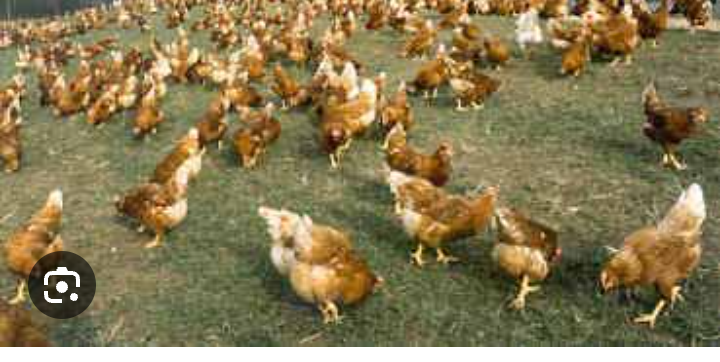
Semi Intensive system: This involve the practice of both extensive and intensive system together as a system. It include:
Standard semi-intensive unit and straw yard;
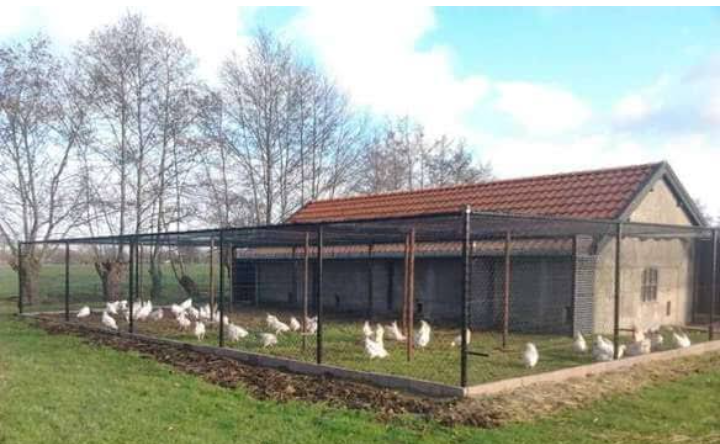
Intensive system: This is the system in which the birds are confined in a housing unit. It is best for commercial farming.
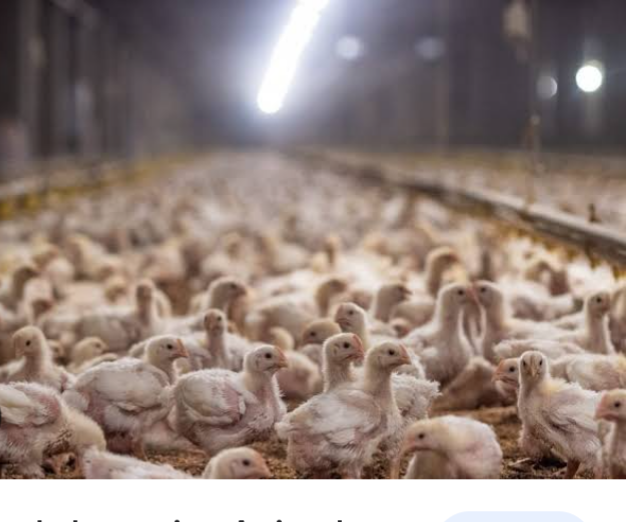
It include:
1) Deep litter;
2) Wire and slated floor;
3) Straw yard;
4) Battery cage
Open shed system
This type of housing practice involve the use of Local resources. The most common substances employing include bamboo, wood, stainless tin, wire fence, etc. This makes it to be cost-effective . Open flock systems have an advantages of not controling the house temperature and humidity. Therefore no need of installation of weather equipment. Only partial lighting control is needed in case of the laying hen. Someone can easily start this business with a small investment. It is best for small-scale poultry farming. At times it is incorporated with other farming systems like a pig, goat, sheep farming, etc.

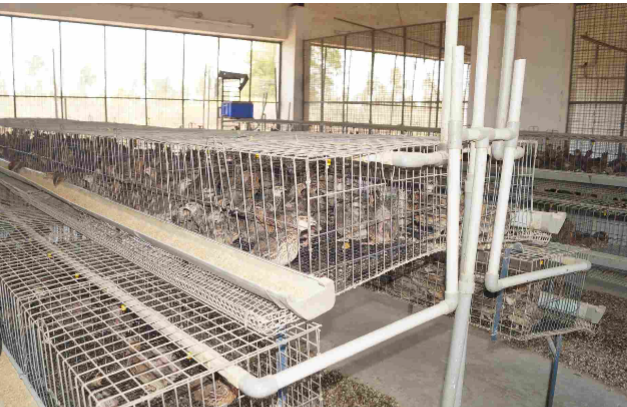
Control house (A type of Intensive system)
Control poultry house is defined as where all external temperature, humidity, and lighting fully control manually but in modern practice, automation, (Ramzan 2021). The system has been incorporated in every poultry producing manufacturer building and hatcheries (that is, It is one in which inside conditions are maintained as near as to the bird’s optimum requirements( praharee 2022)). The closed building is equipped with big exhaust fans , evaporative cooling pads along with automatic feeding and drinking systems so as to maintain proper ventilation, temperature, relative humidity and lighting program.
It requires higher investment and required complicated operational management. The Control house is used for the production of day old chicks, grandparent & parent breeder which require highly hygienic and biosecurity systems that protect any type of poultry diseases.
This housing type has multiple disadvantages as birds are Vulnerable to disease outbreak more frequently compared to open shade system. It can result to lose of higher number of birds and investment. Possibly birds became culled when disease outbreak occur. Some diseases are always cost- drawing especially in Newcastle disease, Avian influenza, Infectious bronchitis, infectious bursal disease, etc.
Free Range System: Under the free range of poultry farming system, fowls are allowed to roam around on their own in search for food. In most case, this system cannot be used commercially for poultry farming because it has high level of risks associated with it. Refer to Fig 2
Deep Litter System: This system involves spreading wood shavings on a concrete ground with the all fowls placed on the floor and the dust may serving as a ‘cushion’ for them. Saw dust must not be used as it is powdery and can cause respiratory disorder in the birds. The shavings must be changed regularly, either by removing and replacing it or by layering. This system is used by a lot of poultry farmers, it increases the efficiency rate and makes the management practices of large flocks of birds easier than the other systems. But it allows faster spread of diseases when there is an outbreak as birds have regular body contact and also makes it more difficult to locate unproductive birds. This system is used for all poultry birds.
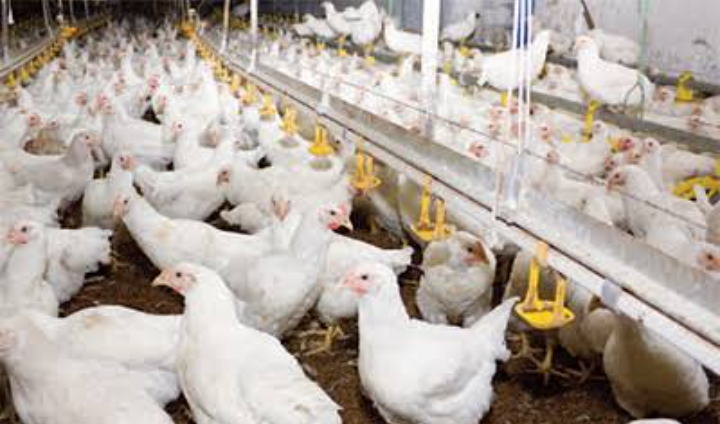
Battery Cage System: In the battery cage system, galvanised metal cages called battery cage are constructed inside the building of a house. The cages are usually split into different compartments called cells in which two or maximum of three birds are housed in a small groups . Attached to the cages are feeding and water troughs into which feeds and water are given to the birds manually or automatically respectively. Also, the laying nests lies below the feeding trough to collect the just laid eggs. Bird droppings fall on the floor through the ground wire mesh and are cleaned manually or mechanically by a scraper. This process is considered as the most effective for more eggs production but the major disadvantage of this method is that it is more expensive to set up and maintain compared to the other forms of poultry housing systems. The system is only used for layer fowls.
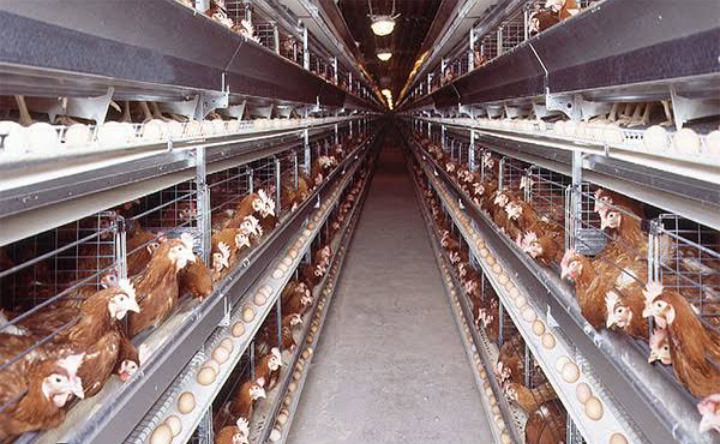
FEEDING AND MEDICATION OF THE POULTRY BIRDS
Poultry is always vulnerable to any bacterial, viral, protozoan, mycoplasmal, and fungal diseases. Among them, poultry viral disease is the most devastating to any poultry farming project because of lots of mortality and decreased production by the viral outbreak.
For peasant poultry production, the farmer need not to spend much on feeding the birds as they are allowed to roam about to fend for themselves. But the birds are prone to lot of danger. Also, medication is of little importance. But for commercial poultry production where profit making is the main goal, good quality, highly nutritious food is a must. Quality and neat feeds keep the bird healthy always and very productive. The feed must be kept clean and dry always, as contaminated feed can infect poultry. Fresh quality and nutritious food is the key to success in poultry farming business. Commercial poultry feed provides high-quality and well-balanced protein sources which gives high muscle, organ, skin, and feather growth. The essential minerals produce bones and eggs. Calcium, phosphorus, sodium, chlorine, potassium, sulfur, manganese, iron, copper, cobalt, magnesium, and zinc are all required including Vitamins A, C, D, E, and K and all of the B vitamins in the bird’s feed. Antibiotics are widely used to stimulate appetite, control harmful bacteria, and prevent disease. For fowls, modern rations produce about 0.5 kg (1 pound) of broiler on about 0.9 kg (2 pounds) of feed and a dozen eggs from 2 kg (4.5 pounds) of feed (Garrigus 2023). Poultry birds need not lack water. Lack of adequate water supply can impede their growth.
The feeds are for different stages of the bird life cycle and also they are made for different reasons for raising the birds. For example, starter mesh for 1 day old to 6 weeks old in fowl, gower mesh for 6 weeks old to 13 weeks old and finisher mesh for 14 weeks old to 16 weeks old or culling. While 16 weeks old Broiler feed on finisher mesh, layer fowl feed on layer mesh between 16 weeks to 20 weeks old.
Proper medication and vaccination can prevent many poultry diseases. As a commercial poultry farmer, there is need to have a veterinary doctor that can come run a check on the birds.
The feeders and drinkers should be kept clean on daily basis. And properly washed immediately after medication.
POULTRY EQUIPMENT AND APPLIANCES
There may be a very long list of equipment and other facilities to put in place in order to fully manage a poultry farm. These equipment and appliances can be in form of feeders and drinkers, a good waste disposal system, source of water, lightening and heating, egg creates and storage space for keeping feed and eggs.
The following equipment can be needed for a poultry farm and for their uses:
Feeders
Drinkers
Perches
Nests
Crates
Lighting system
Waste disposal system like scrapers, shovel, wheelbarrow, etc
Incubator
Heaters or brooders
Egg tray
Cages and coops
Weighing Scale
Debeaker
etc
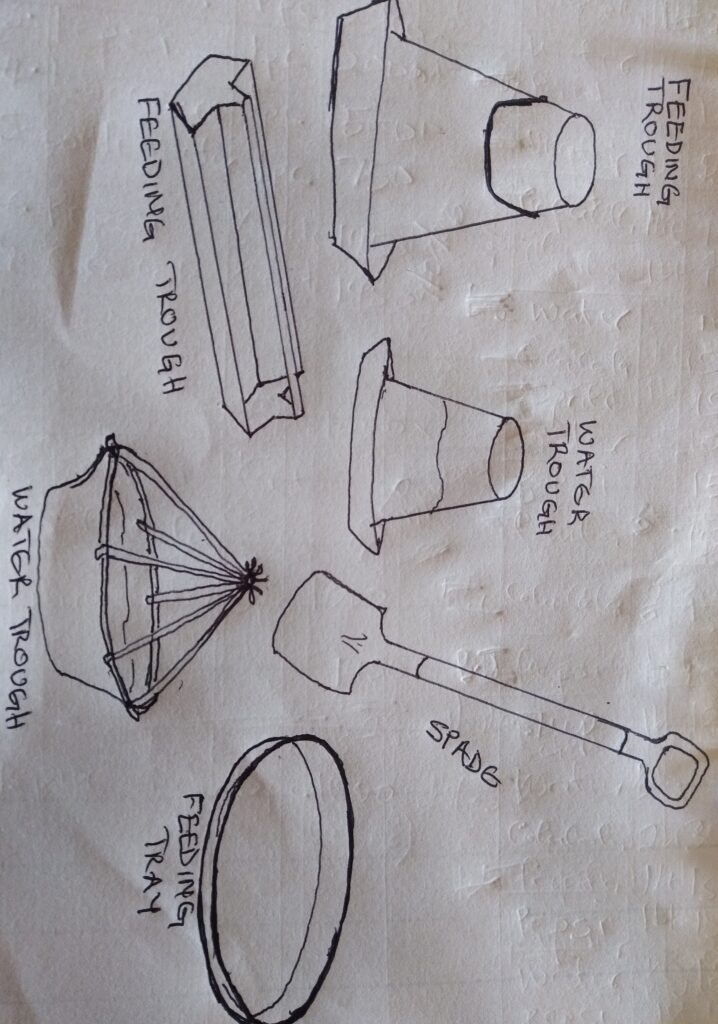
OTHER MANAGEMENT PRACTICES
A controlled environment that avoids noise, crowding, chilling, overheating, or frightening is needed for poultry farming. Cannibalism, which can be inform of toe picking, feather picking, and tail picking, is controlled by debeaking at one day of age using a debeaker.
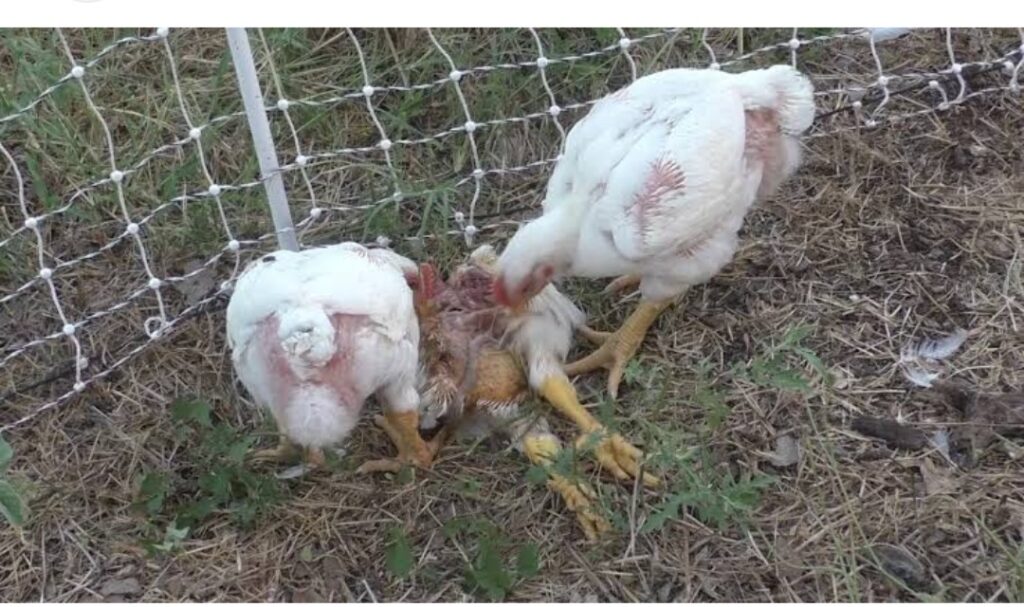
Egg picking should be carried out early in the morning immediately after feeding and in the evening. The eggs should be arranged in crates. Crack eggs should be separated from uncracked eggs in a separate crates. Battery cages are found to produce less cracked eggs as birds found it difficult to peak on the eggs. While more cracked eggs are found in deep litter system. Cages for egg-laying birds have been found to increase production, lower mortality, reduce cannibalism, lower feeding requirements and wastage, reduce diseases and parasites, improve culling, and reduce both space and labour requirements.
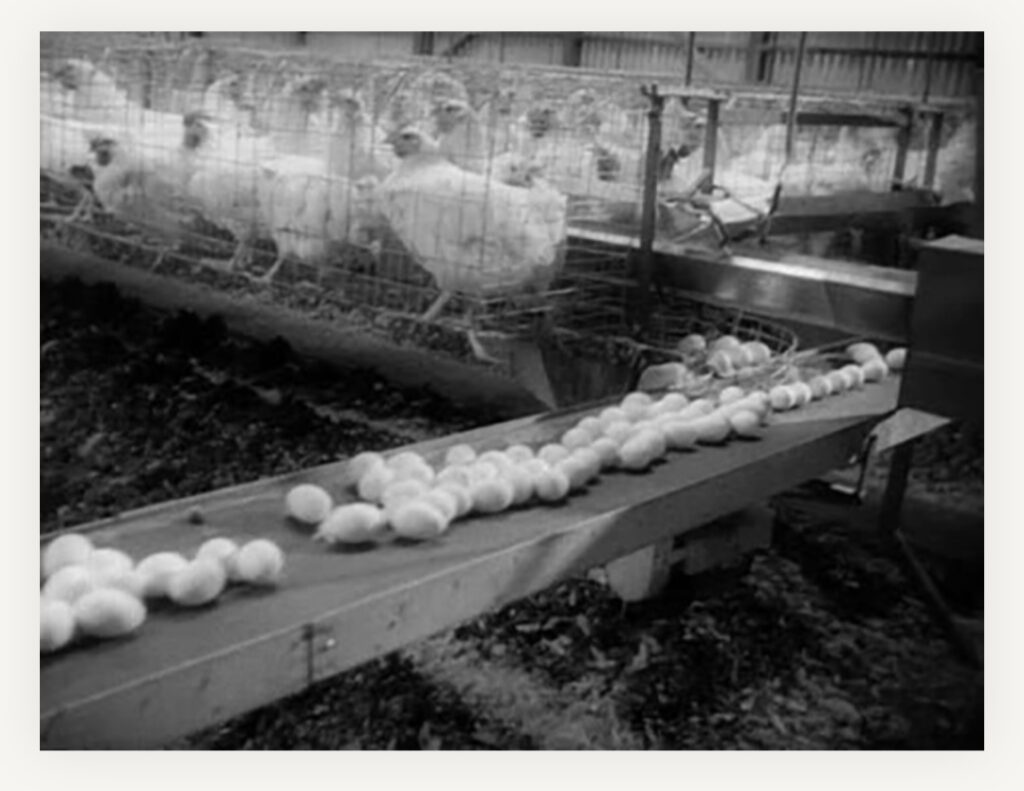
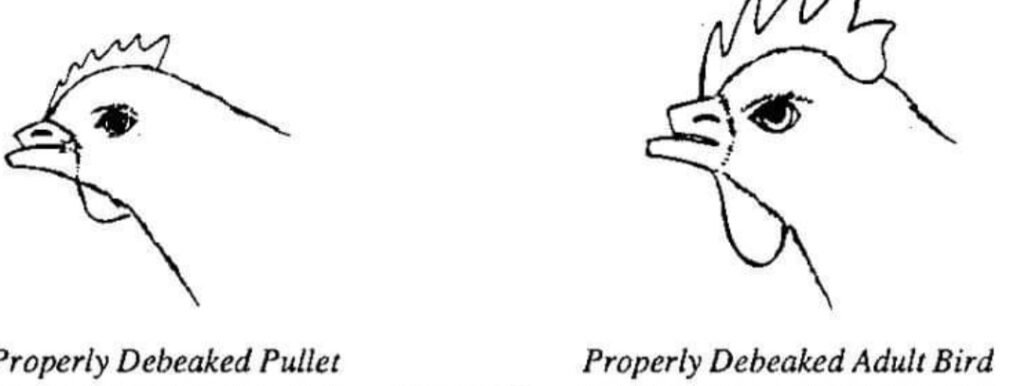
Desnooding. : This is a management practice carried out on turkeys. This is when the snood on the head of the male turkey is removed.
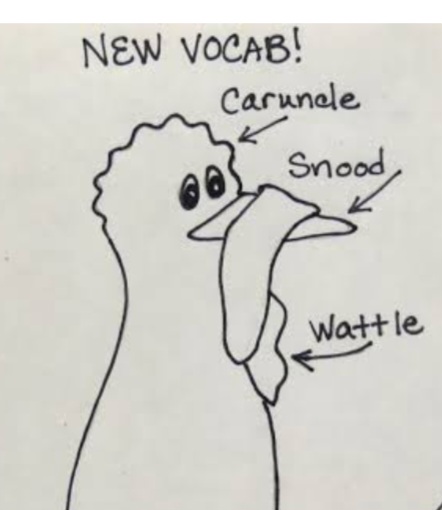
Feather clipping. : Poultry bird wing feathers are usually clipped to prevent then from fight, injury to their wings and their handler. A pair of scissors can be used to clip the feather wings or local hand pulling of the wings can be carefully done.
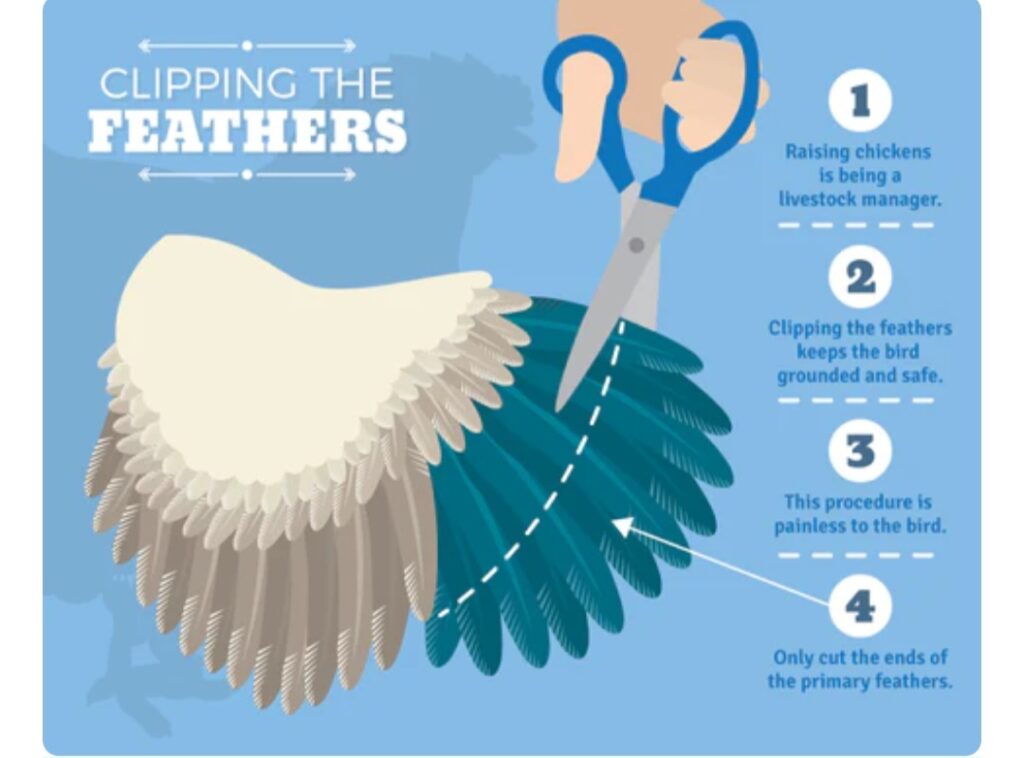
Poultry breeding : Breeding stocks with good qualities are selected and used to produce highly improved stocks. These improved stocks are outstanding example of the application of basic genetic principles of inbreeding and crossbreeding as well as mass selection to effect faster and cheaper gains in meat and maximum egg production for the egg-laying strains, rapid and efficient weight gains and high-quality, plump, meaty carcasses have been achieved thereby.
Culling: birds are slaughtered when they rich table size and out leaved their age. Diseased birds are also culled so as not to infect other birds on the farm.
REFERENCES
*Pashudhan Praharee (2022). Poultry Production in Environmentally Controlled (EC) house.
*Vandantus (2023). Poultry farming. Biology study material.
*Wesley Patterson Garrigus (2023), Poultry farming in Encyclopedia Britannica.
*World Bank 2023, understanding poverty (article)
